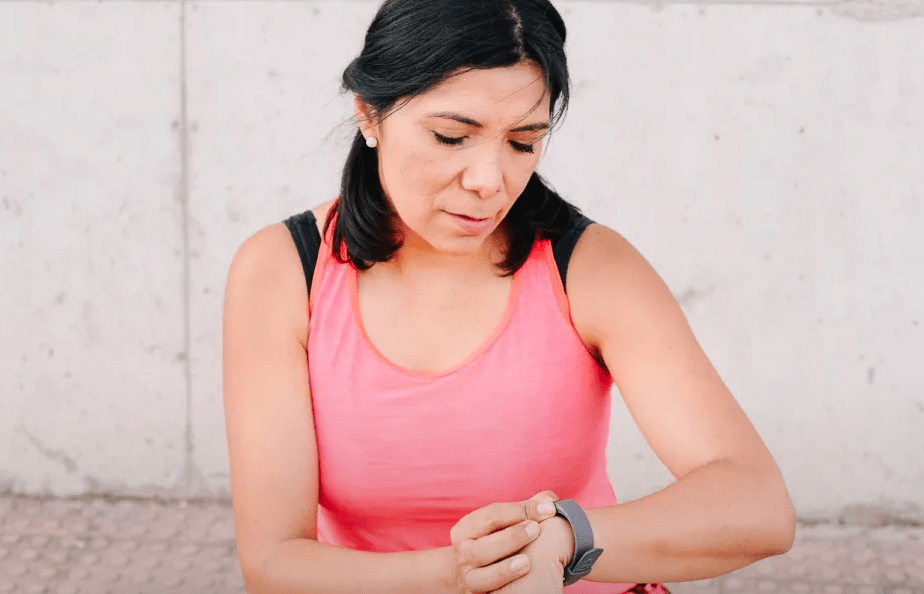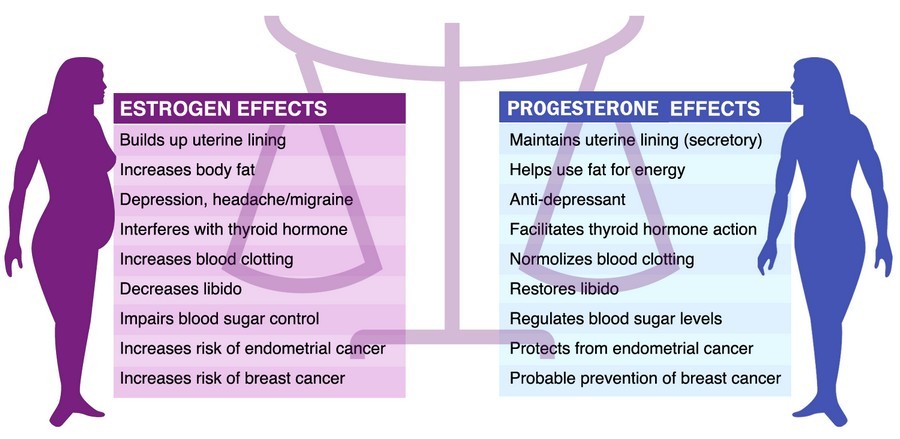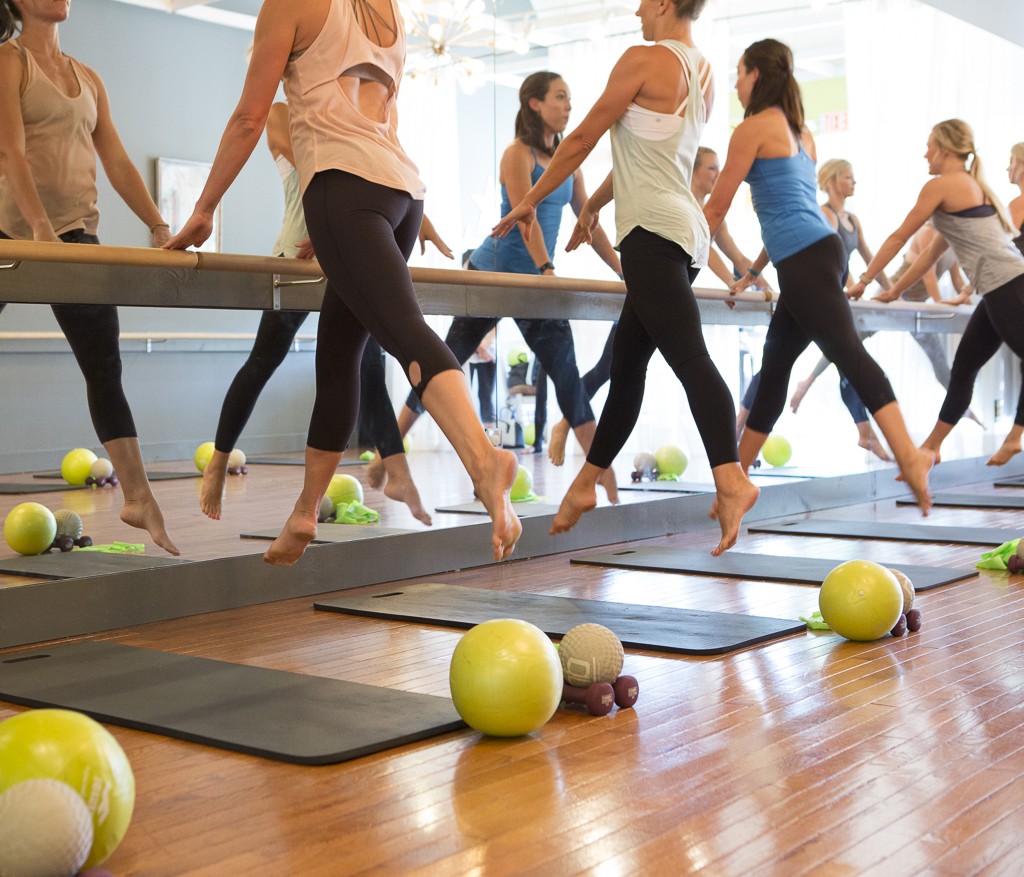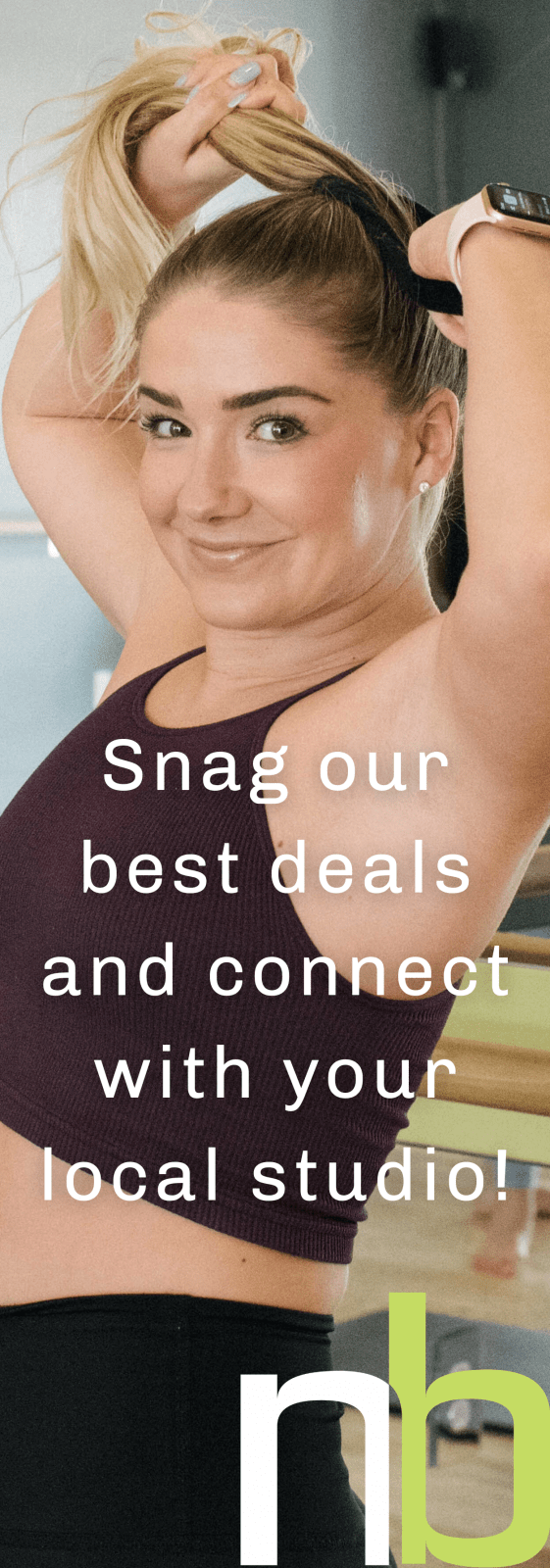Barre for Balanced Hormones
Do not underestimate the power of hormones! They affect people in so many different ways, and are crucial to good moods and a healthy body. While out-of-whack hormones can be caused by any number of factors, exercise can be one of them.
 Many women remain confused as to what method of exercise is best for them, especially if you have certain fitness goals (like losing weight, gaining muscle without the bulk, better energy and endurance, etc.). For the most part, exercise is actually really good for your hormones. Exercise in general is great for balancing hormones because it reduces inflammation, can help you maintain a healthy weight, lowers stress, helps regulate your appetite, and aids in getting better sleep.The problem arises when you overdo it, which can be triggered in a variety of ways. Keep in mind when you undergo excessive stress, albeit physical or physiological, it impacts your body’s ability to produce and regulate hormones. When you’re stressed out, your body goes into fight-or-flight mode, spiking and subsequently crashing cortisol levels. Other hormones also take the hit. Exercise can create more strain on the adrenal glands and even your metabolism, when you’re imbalanced.
Many women remain confused as to what method of exercise is best for them, especially if you have certain fitness goals (like losing weight, gaining muscle without the bulk, better energy and endurance, etc.). For the most part, exercise is actually really good for your hormones. Exercise in general is great for balancing hormones because it reduces inflammation, can help you maintain a healthy weight, lowers stress, helps regulate your appetite, and aids in getting better sleep.The problem arises when you overdo it, which can be triggered in a variety of ways. Keep in mind when you undergo excessive stress, albeit physical or physiological, it impacts your body’s ability to produce and regulate hormones. When you’re stressed out, your body goes into fight-or-flight mode, spiking and subsequently crashing cortisol levels. Other hormones also take the hit. Exercise can create more strain on the adrenal glands and even your metabolism, when you’re imbalanced.
Some of the most common signs and symptoms of hormone imbalances include:
- Temperature dysregulation (Most of us are aware of the infamous hot flashes, but also feeling cold frequently is a symptom.)
- Feeling exhausted and/or trouble concentrating
- Heavy or painful periods, and irregular periods
- Acne and other skin problems
- Anxiety, depression, and mood swings
- Inability to lose weight, especially belly fat (Even thin women can have excess belly fat when they’re chronically stressed!)
- Digestive issues (bloating, constipation, diarrhea)
- Changes to hair, skin, and nails
- Insomnia
- Cravings (especially salty/starchy cravings)
Before you freak out, these symptoms can be attached to a variety of conditions. But many women haven’t been taught how to listen to their own hormonal talk; the clues our hormones give us all day tell us how they are doing with our current diet, lifestyle, and workouts. Here are some other things to look out for, and what hormones may be affected.
- Changes in sleep and energy may be directly related to cortisol responses from an increase in exercise. When cortisol goes high at night and crashes in the morning (which is usually the case with adrenal fatigue or an imbalanced circadian rhythm), your sleep and energy levels also often take the hit.
- Ghrelin is produced in your stomach and is your hunger hormone. When it’s elevated, you’ll be more hungry and usually crave fatty, salty, or sweet foods. Leptin is made by your fat cells, and as it rises, hunger should be turned off and your thyroid and adrenals are triggered to boost metabolism. Leptin resistance can actually increase hunger and slow your metabolism. Leptin and ghrelin are affected by exercise and play a role in how both your appetite and metabolism changes from exercise.
- Insulin regulates how much glucose, or blood sugar, actually gets into your cells. Insulin resistance can manifest as feeling tired after meals, irregular or missing periods, and for women with PCOS excess hair growth.
- Progesterone is the “chill” hormone that creates calmness and synergy in your mind and body. When it’s out of whack, you may feel anxious or weepy, have trouble sleeping, as well as heavy or irregular periods.
- Estrogen dominance is more common in women, and can be the cause of heavy periods, irritability, and weight gain.
 Before you mark off exercise completely and turn into a couch potato, understand that exercise is always generally recommended for your health and can actually improve a hormone imbalance. Not all workouts are created equal, so here’s what you need to know to keep your hormones in check.
Before you mark off exercise completely and turn into a couch potato, understand that exercise is always generally recommended for your health and can actually improve a hormone imbalance. Not all workouts are created equal, so here’s what you need to know to keep your hormones in check.
Intense cardio workouts can be especially hard on women’s hormones. When you factor in both the adrenaline output and the physical demand on joints, intense circuit training, marathon running, and other intense workouts like CrossFit can trigger more wear and tear, cortisol imbalances, and thyroid dysfunction for women. That being said, also recognize that every woman is different. And what may be right for you, may not ring true for your sister or girl friend. If you are in overall good health and don’t recognize most of the imbalance symptoms above, you can alternate between cardio and strength training.
 If you are suffering from adrenal fatigue, a thyroid imbalance like hypothyroidism, or chronic inflammation or autoimmunity, a low-impact workout program is best. There are certain exercises such as walking and low-impact workouts like barre, that tend to be hormonally balancing without causing excessive cortisol release and subsequent uptick in appetite and cravings. This is also why you don’t need to ‘snack’ before your barre class to carb load, or immediately replenish your body with a protein bar or shake after.
If you are suffering from adrenal fatigue, a thyroid imbalance like hypothyroidism, or chronic inflammation or autoimmunity, a low-impact workout program is best. There are certain exercises such as walking and low-impact workouts like barre, that tend to be hormonally balancing without causing excessive cortisol release and subsequent uptick in appetite and cravings. This is also why you don’t need to ‘snack’ before your barre class to carb load, or immediately replenish your body with a protein bar or shake after.
Our total body barre workout safely provides a high intensity but low impact exercise program that provides lean muscle tone (without the bulk, injury, or physical overload); builds cardiovascular endurance (without sending you into fight or flight mode); improves posture (to combat our sitting-dominant culture); and aids in weight loss (by gradually increasing your metabolic levels).
Research has also shown that short bursts of cardio can be beneficial for hormonal balance. Tabata exercise is when the intensity of an exercise is increased for short bursts (typically 20 seconds) and then returns to the baseline for a quick recovery (typically 10 seconds) .That’s much better for your hormonal control system, your HPA-axis, than chronic cardio – where you raise your heart rate to your maximal zone and keep it there for an hour, running or cycling or on the elliptical machine. That tends to cause more stress in your body, which is exactly what you want to avoid when you have a hormonal imbalance or chronic inflammation. Our Barre HIIT class follows exactly the above recommended cycles (20 sec work: 10 sec rest), and also includes modifications so you can progress or adjust each exercise for safety and endurance. Just remember that with cardio, intense but short bursts are what keep you from overdoing it. Keep your HIIT routine to 30 minutes or less (excluding your warm-up), and make sure you fit in rest and recover time in-between workouts.
bursts are what keep you from overdoing it. Keep your HIIT routine to 30 minutes or less (excluding your warm-up), and make sure you fit in rest and recover time in-between workouts.
Your best course of action is to be your own best friend and listen to your hormonal cues from insulin, cortisol, leptin, and ghrelin as they are telling you in real time how they’re doing. Consider testing with a functional medicine or hormone specialist to pinpoint a root cause and create a dynamic lifestyle plan that’s tailored to your needs. The best thing about a NEIGHBORHOOD barre workout is it’s a safe, sustainable, and effective method of exercise that’s specifically tailored to a woman’s physiology.
So outside of your barre classes, how else can you heal your hormones? Don’t forget to rest! Gentle movement and stretching are as important in an exercise routine as burning calories. And let’s not forget about sleep!! Sleep allows your body to recover, reset, and rebuild. It’s vital – especially if you’re dealing with inflammation, high stress, or a hormonal imbalance. Consider adding an extra 30 minutes to up to 2 hours of sleep at least 1 – 2 days a week. Bonus points if you sync your extra minutes of sleep with the same days you’re working out. We find it much easier to take this off up-front (i.e. your bedtime) versus your waking time. Keep in mind key nutrients can also really help to balance your hormones and health. Nearly every woman benefits from supplementing with a professional-quality multivitamin, omega-3 fatty acids, extra vitamin D and magnesium, and a B complex.
Lastly, if you want a quick fix, check in with your hydration – both in how well you’re absorbing and in the amount of water you’re taking in daily. A pinch of salt in one glass of water a day can do wonders to increase your mineral absorption. And of course you want to drink at least half your body weight in ounces of water daily. When you also factor in sweating during exercise (from your barre class, wink wink), consider adding another 8 – 16 ounces of your water intake on those days.


